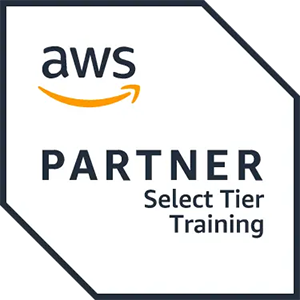CDCS is the advance level for Data Centre Professionals and this 3-day course will further increase attendees to a level being a compatible sparring partner with suppliers and they will be able to verify offers provided by vendors for correctness, effectiveness and efficiency.
Participants must hold a valid CDCP certificate in order to be able to register for the CDCS class.
CDCS itself is a pre-requisite for persons wishing to achieve the CDCE status.

 United Kingdom
United Kingdom Germany
Germany Denmark
Denmark Sweden
Sweden Italy
Italy Netherlands
Netherlands Norway
Norway 
















 Kesto
Kesto  Toimitus
Toimitus  Hinta
Hinta